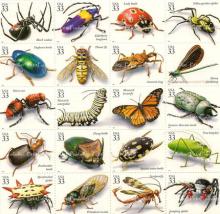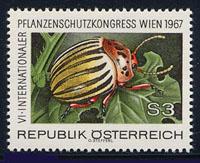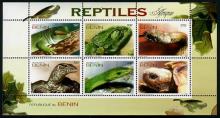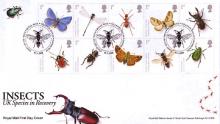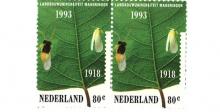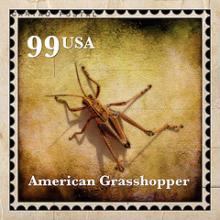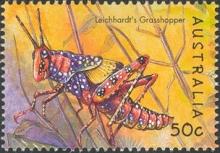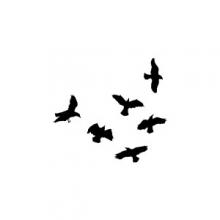Die Umweltschutzorganisationen BUND und Greenpeace fordern ein Verbot der in Deutschland inzwischen großflächig eingesetzten Neonikotinoide
Diese Pestizide haben einen erheblichen Anteil am Sterben unzähliger Bienenvölker und dem Verlust der Artenvielfalt insgesamt. In einer heute in Berlin vorgestellten Studie (Beilage) behauptet der Industrieverband Agrar (IVA), die Insektizide hätten zahlreiche positive Markt- und Umwelteffekte. Durch ein Verbot der Neonikotinoide sieht der Industrieverband den Saatschutz für den Anbau von Raps und Zuckerrüben gefährdet. Dabei könnte auf gefährliche Pestizide ohne Weiteres verzichtet werden, wenn die Pflanzen nicht mehr in Monokulturen angebaut würden. Tomas Brückmann, BUND-Pestizidexperte: „Die für die Bestäubung unzähliger Kulturpflanzen und damit für unsere Ernährung extrem wichtigen Bienen sind in Gefahr. Die Neonikotinoide sind dafür wesentlich verantwortlich. Um den Verlust der Bienenvölker zu verhindern, müssen Neonikotinoide umgehend vom Markt genommen werden.“

